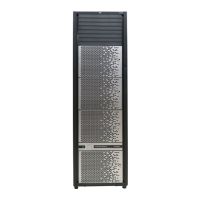Table 1 HP XP7 specifications (continued)
Dual ModuleSingle ModuleSizeItem
8UFC/16UFC
32 cores16 coresQuantityManagement Processor
Cores
6
1
6
1
CHAsMicro Processor Blade
configuration
2 / 80 or 2 / 42DKAs
Minimum/maximum
2 / 162 / 8Cache
4 / 82 / 4Switches /CSW
Notes:
1. All CHA configuration, no DKAs (diskless system).
Table 2 Drive specifications
Speed (RPM)Drive CapacitySizeDrive Type
15,000300 GB2 1/2 inchHDD (SAS)
10,000300, 600, and 900 GB
7,200500 GB, 1 TB, and 1.2 TB
7,2004 TB3 1/2 inch
n/a400 GB, 800 GB2 1/2 inchSSD (Flash)
Dual ModuleSingle ModuleDrive ChassisDrive Type
(6 rack system)(3 rack system)
20481024128HDD, 2 1/2 inch
2304115296HDD, 3 1/2 inch
256
2
128
2
128
1
SSD (Flash)
Notes.
1. SSD drives can be mounted all in one drive chassis or spread out among all of the chassis in the storage system.
2. Recommended maximum number.
The drives must be added four at a time to create RAID groups, unless they are spare drives.
Software features and functions
The HP XP7 disk array provides advanced software features and functions that increase data
accessibility and deliver enterprise wide coverage of online data copy/relocation, data
access/protection, and storage resource management. HP software products and solutions provide
a full set of industry leading copy, availability, resource management, and exchange software to
support business continuity, database backup and restore, application testing, and data mining.
The following tables describe the software that is available on the HP XP7 disk array.
Table 3 Virtualization features and functions
DescriptionFeature
Provides logical partitioning of the cache which allows you to divide the cache
into multiple virtual cache memories to reduce I/O contention.
Cache Partition
Supports the virtualization of external disk arrays. Users can connect other disk
arrays to the HP XP7 disk array and access the data on the external disk array via
Cache Residency
Software features and functions 13

